|
A visit to the traditional fish market in Singapore at Senoko Fishery Port isn’t complete till you make a pre-sunrise dash down to Jurong Fishery Port too. The size of Jurong Fishery Port doubled the size of Senoko Fishery Port as there are more than 100 stalls to choose from, where an array of stingray, sotong, and mud crabs awaits – all ready for you to bring back home to be mixed up with the savoury goodness of sambal, salted egg yolk, and chilli crab sauce. At 2.00 a.m, just like the situation at Senoko, the Jurong Fishery Port is also starting to get busy. There is a general sense of hustle and bustle. People are hard at work. That's when the boats are unloading their catch and throngs of hawkers, chefs and wet market stall owners are buying in bulk. Taking turns to operate the forklifts, fishmongers move in a fluid clockwork motion, and plastic boots squelch against the wet floor. If you hear a rolling rumbling sound, you’ll instinctively turn to look if you are in the way of someone moving their fish. What warmed me is the good-natured reactions of the vendors when I apologise for being in the way. While this is admirable to me, this is just another typical day for them. All sorts of fishes were displayed, and I found myself wanting to see them alive, in action, swimming in the ocean where they belong, instead of lying motionless on wet concrete. There aren’t signboards stating what seafood those laid out on the floor are, nor the prices. I guess this is since most customers here are regulars and familiar with all sorts of seafood. As for the prices, I heard that customers would always bargain according to the quantity they are purchasing and the freshness of the seafood that particular day. You’d find some of these vendors expertly dissecting the fish, cutting up into slices of regular size. One look and you can tell that these are the people who have been at it for decades and are no doubt the pioneers in the industry. It’s nice that I now know what kind of fish I’m eating when I’m enjoying sliced fish soup, fishhead steamboat, fishhead curry, or even barbecued sambal stingray. Somehow, I’ve come to appreciate these dishes more.
Seeing the workers hard at work, it really strikes me that many people’s livelihoods are at stake here. As mentioned in my blog on Senoko Fishery Port (click here to read), the authorities had in last year, announced plans to close the Senoko Fishery Port by 2023, to consolidate with Jurong Fishery Port which would allow trade buyers to purchase wholesale seafood conveniently at a single location. For the sake of all workers in the fishing industry, I do hope that such traditional fish markets can continue to operate as long as they can. Traditional markets aren’t just a part of Singapore's history, but a vibrant and particular part of the present and future. They tie together traditional culture and experiences with people’s modern lives, while also tying individuals and communities together. To visit a market is to get a real sense of people’s daily lives and to truly inhale the scent of humanity. I highly recommend going to explore such wholesale markets in Singapore at least once in your life. Prior to heading over, you’ll need to bring your NRIC or passport to get past the security checkpoint – driving licenses not accepted. It’s also cash-only so don’t go around asking the fishmongers if they accept credit.
1 Comment
Simon Chung
30/6/2023 09:45:43 am
Are there ample carparks at the JFP?
Reply
Leave a Reply. |
Author
|

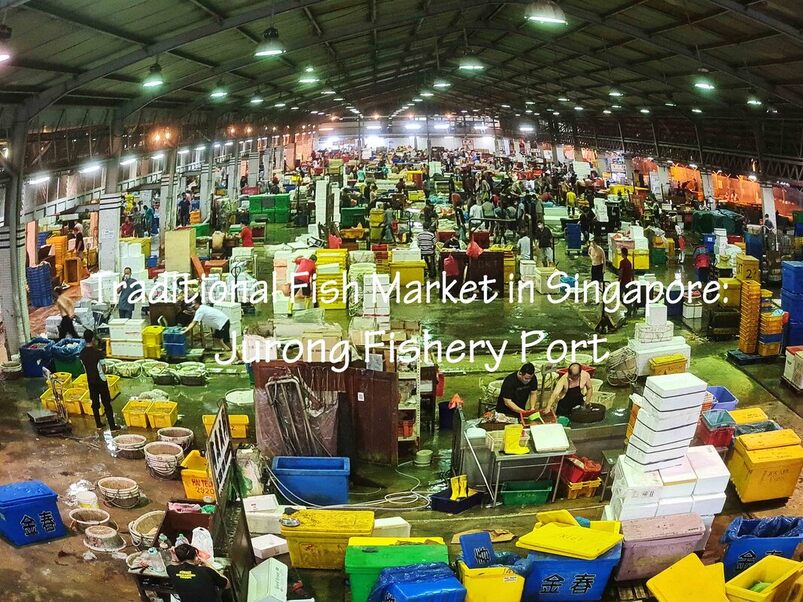
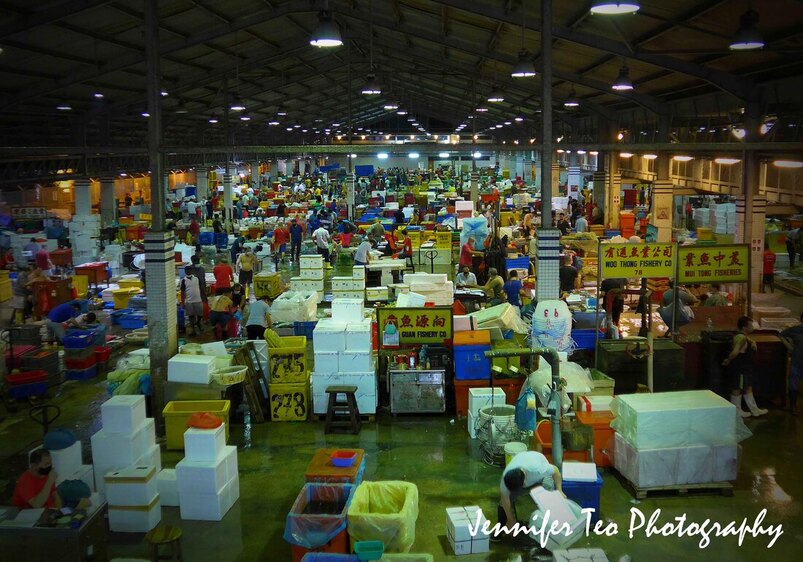
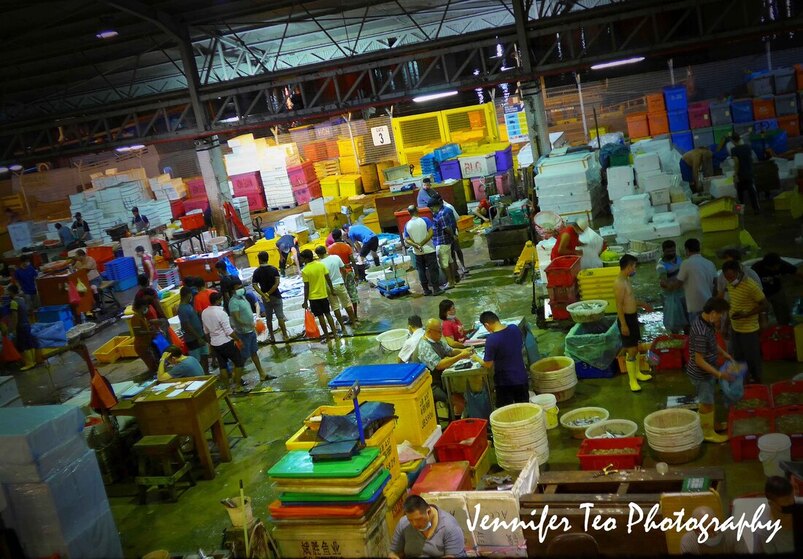
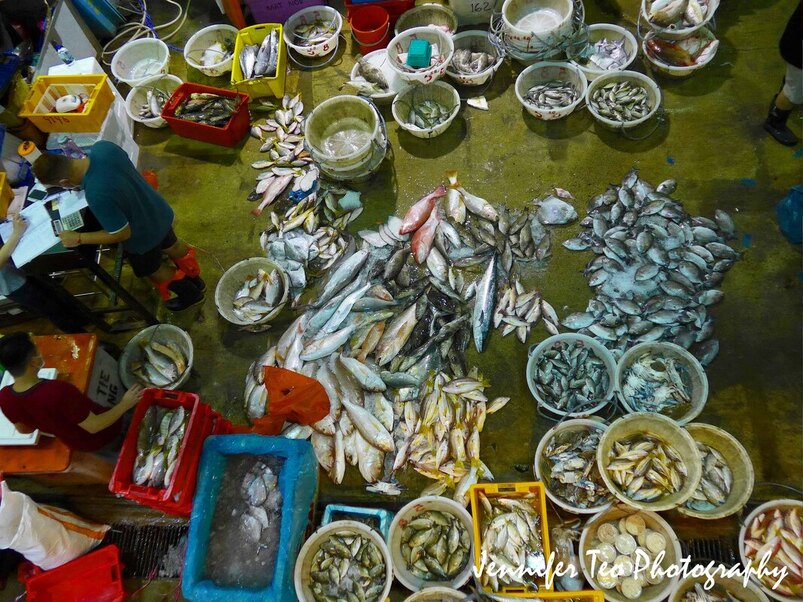
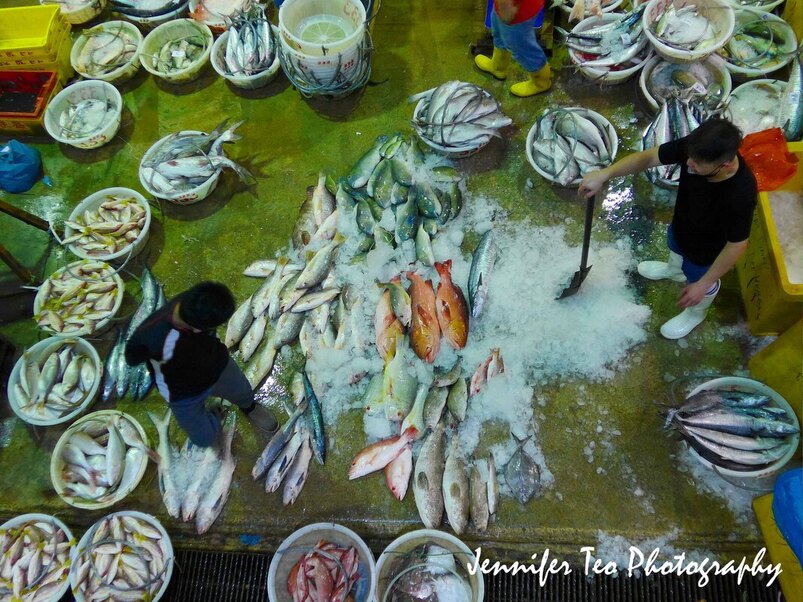
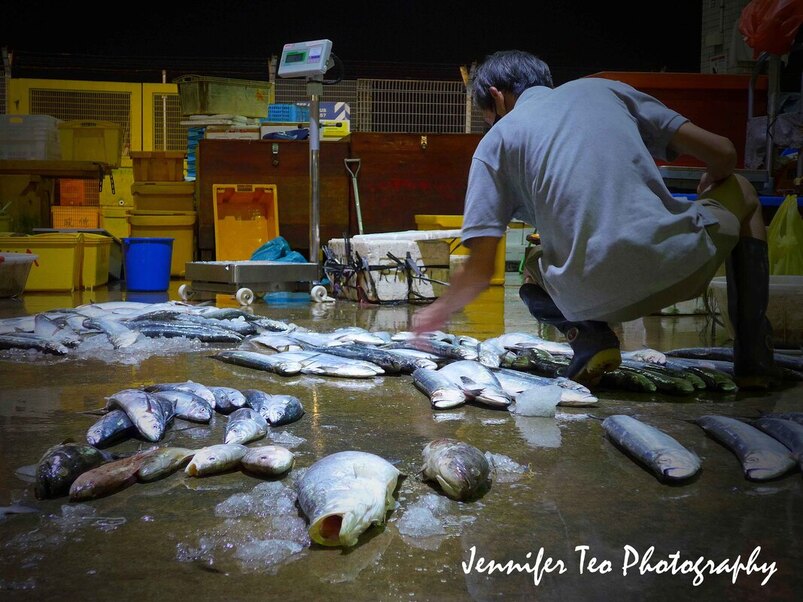
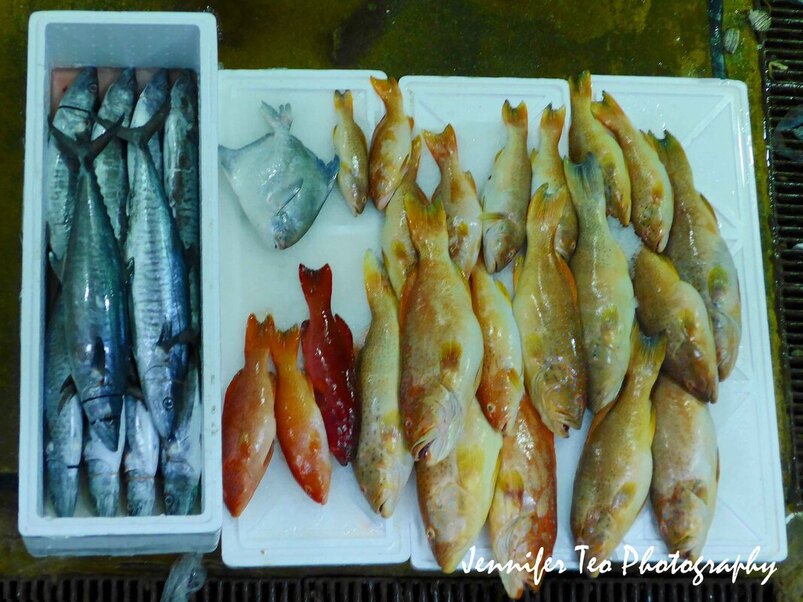
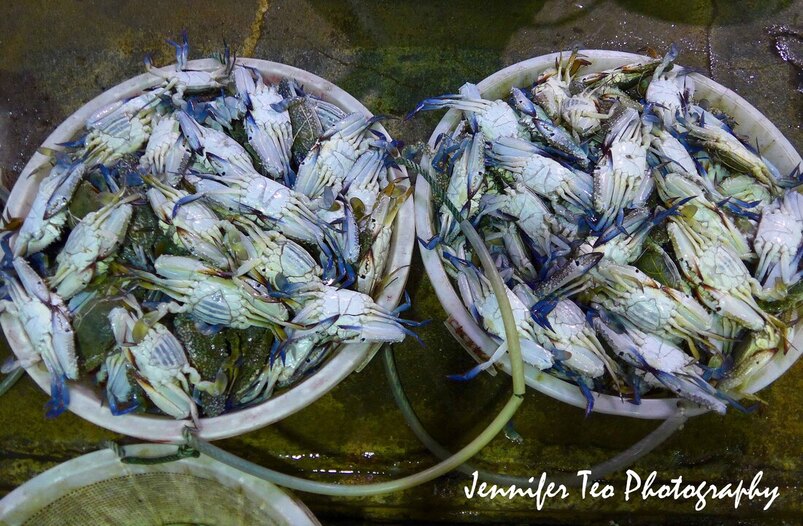
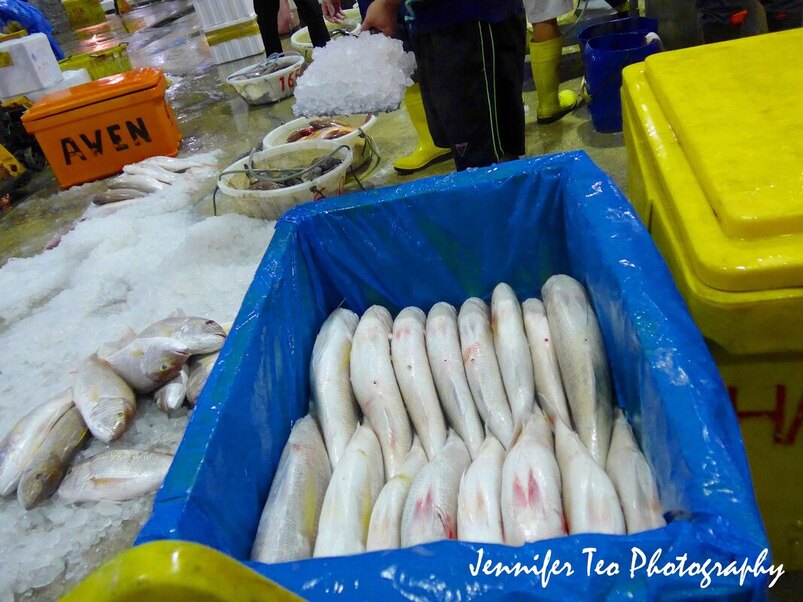
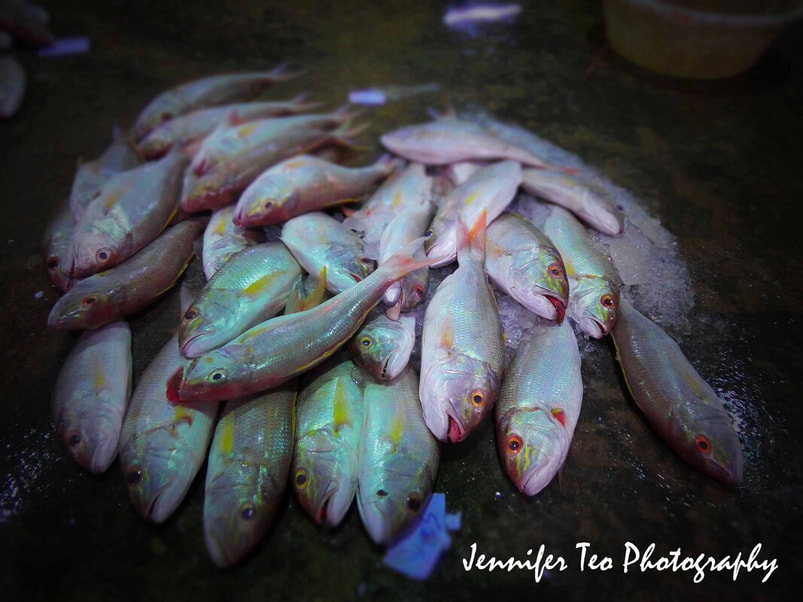
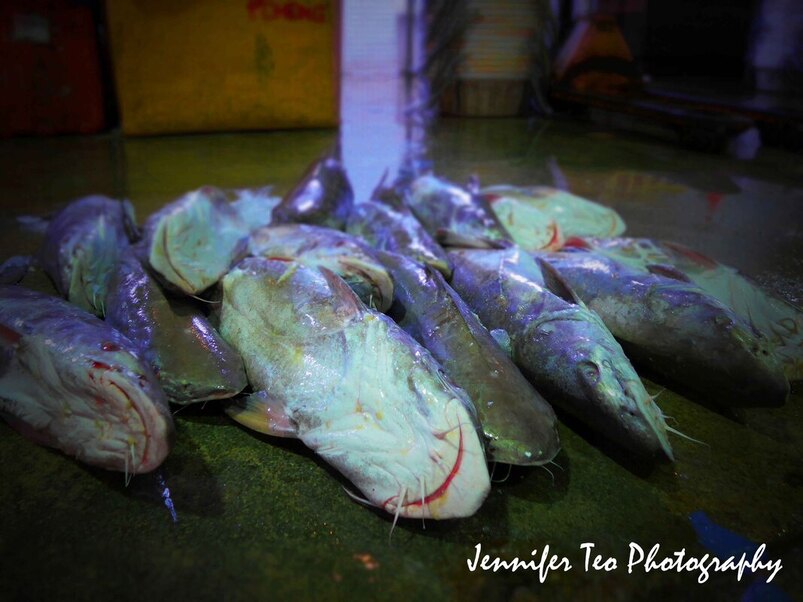
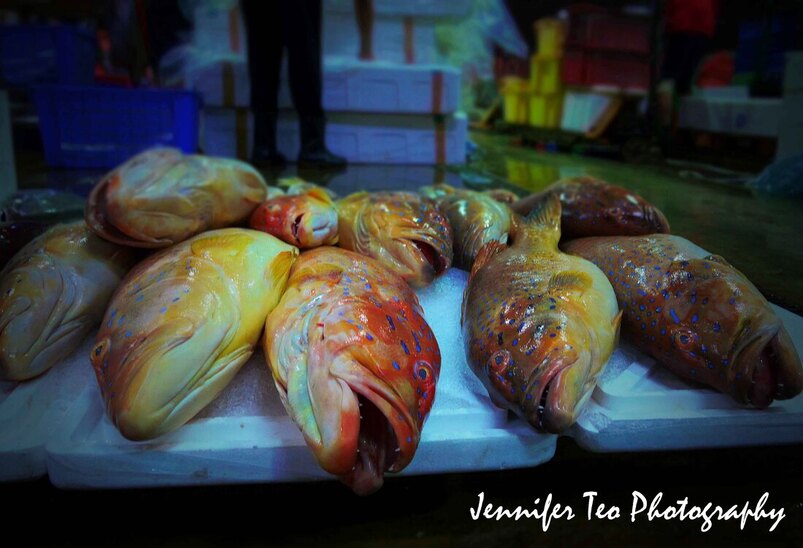
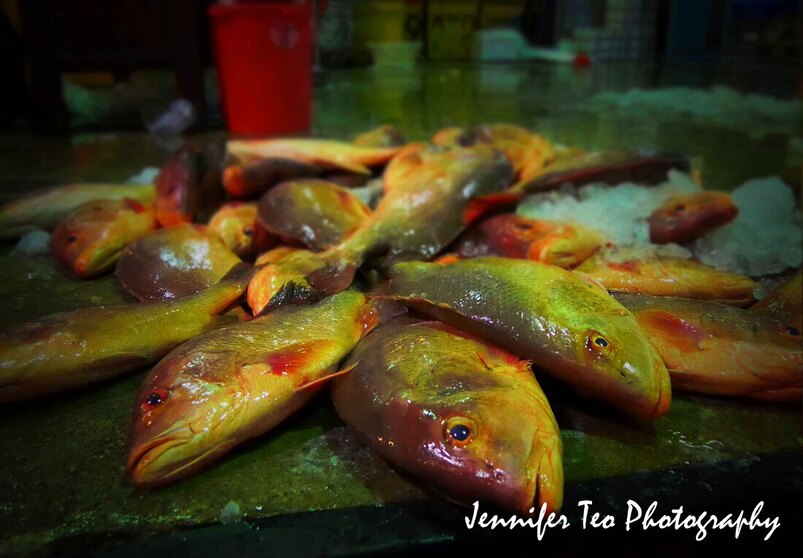
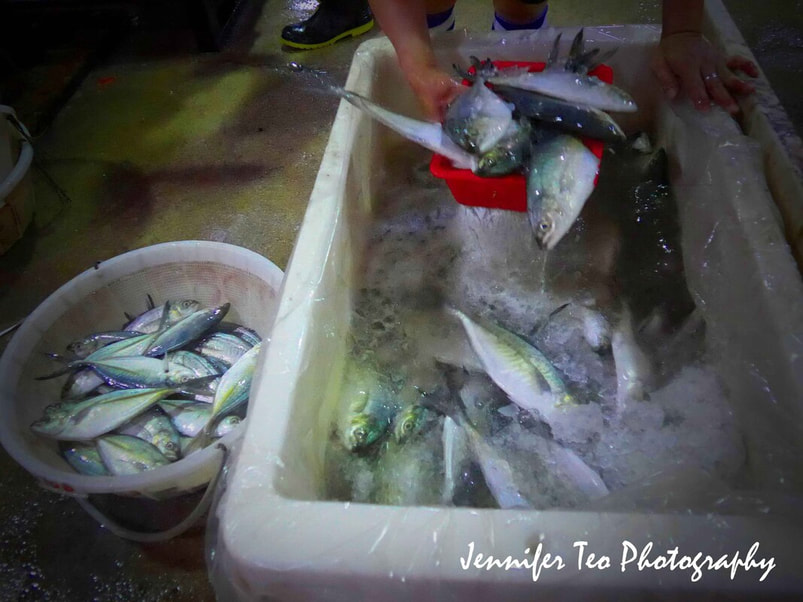
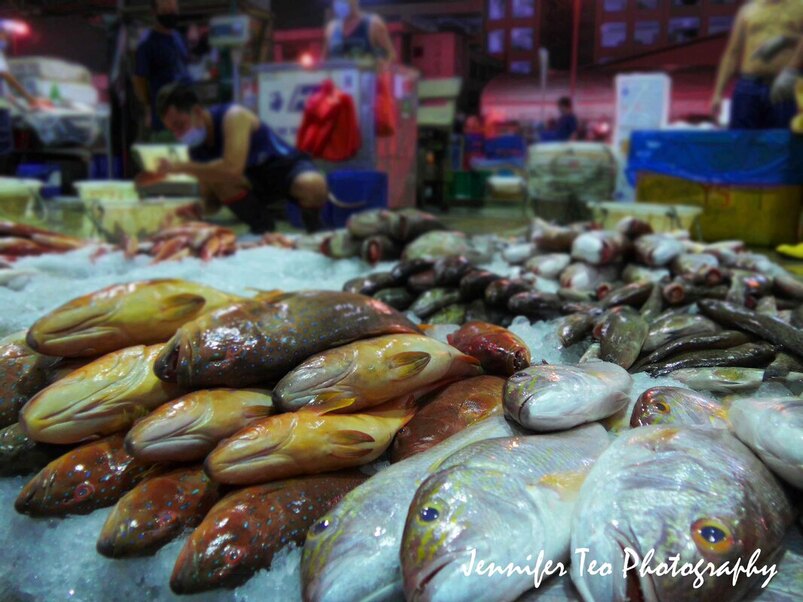
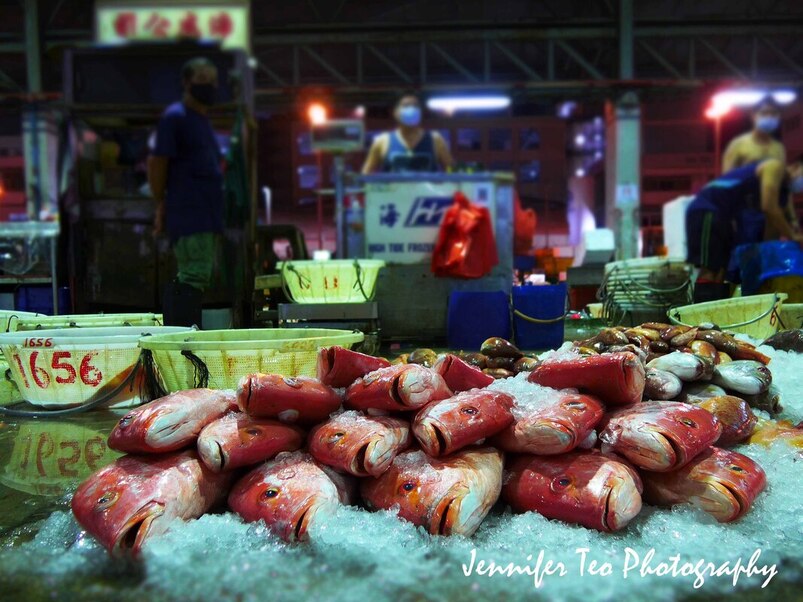
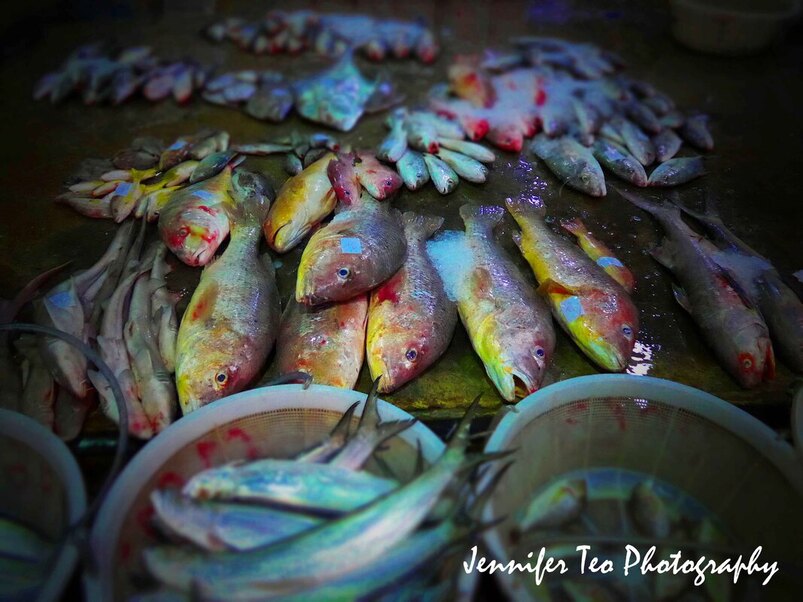
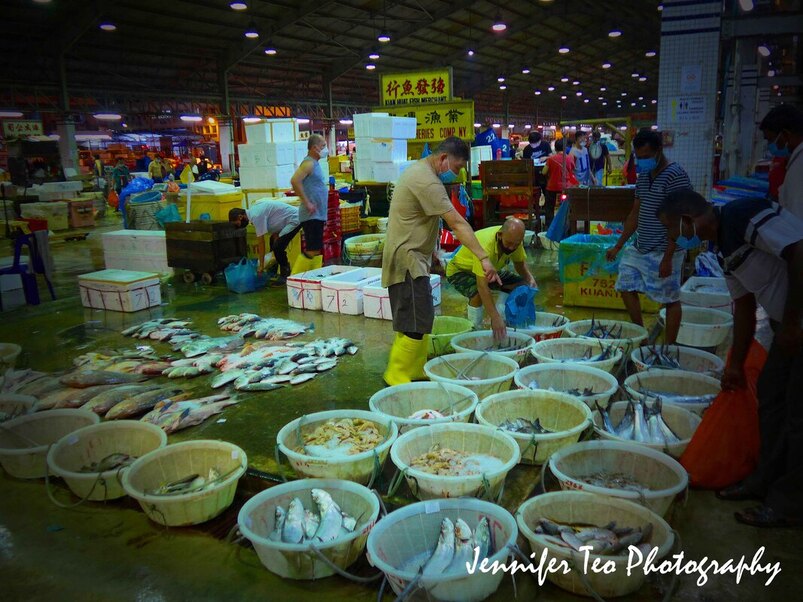
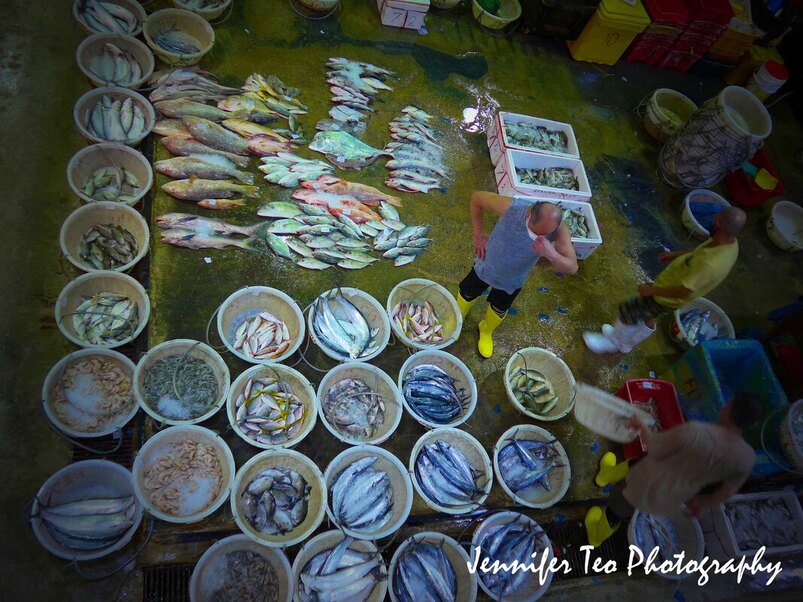
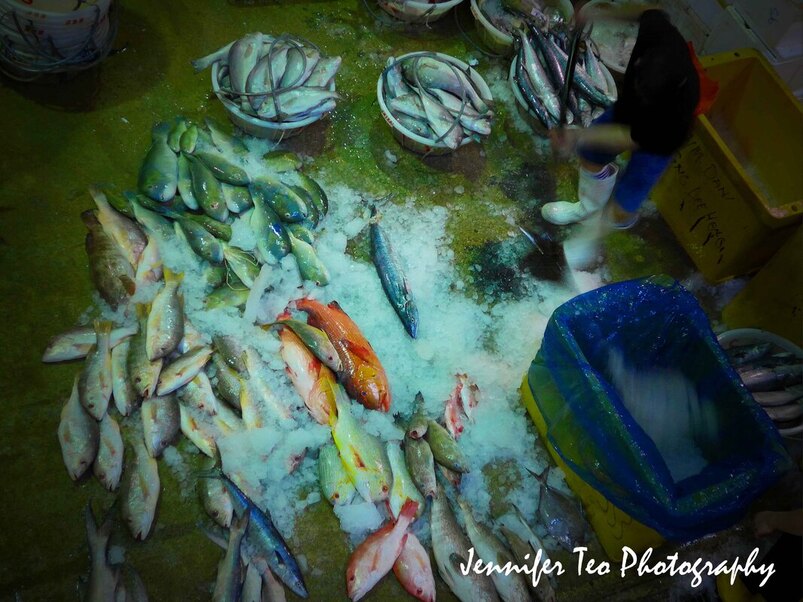
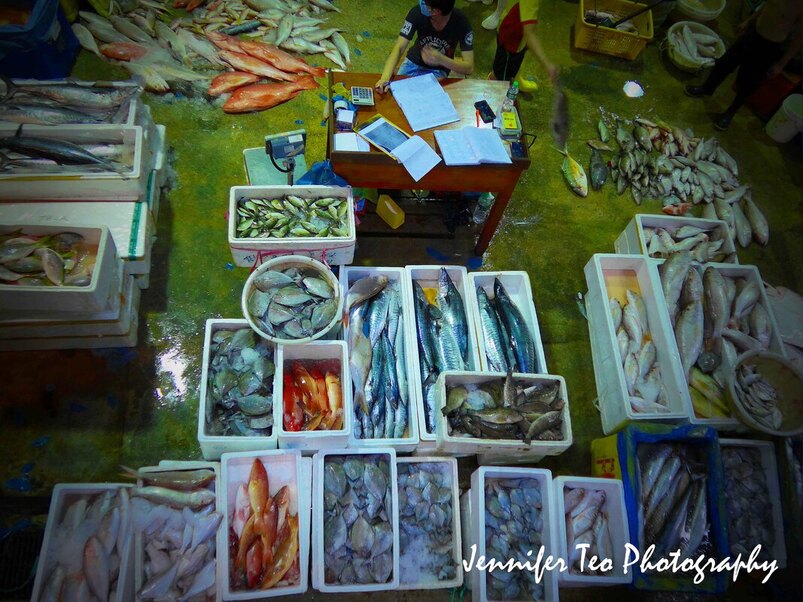
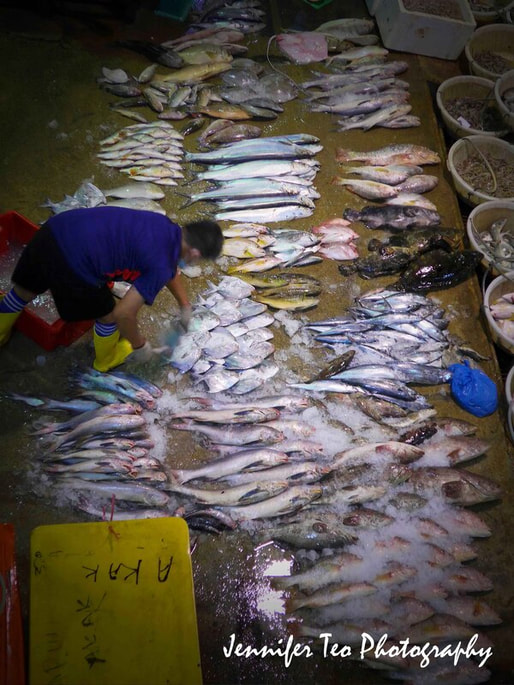
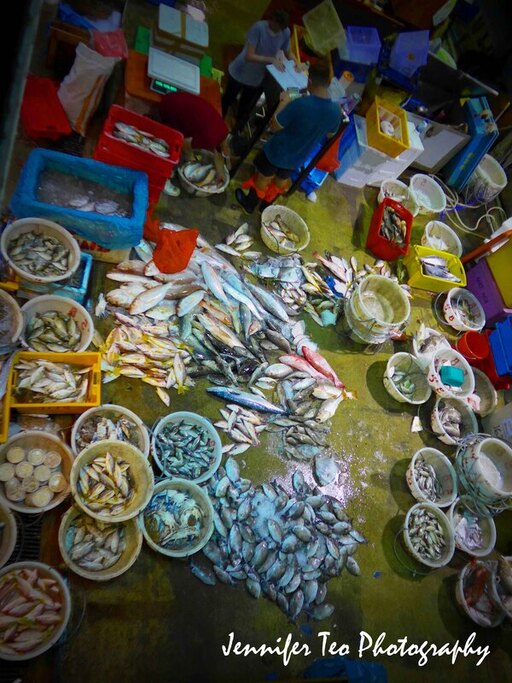

 RSS Feed
RSS Feed






